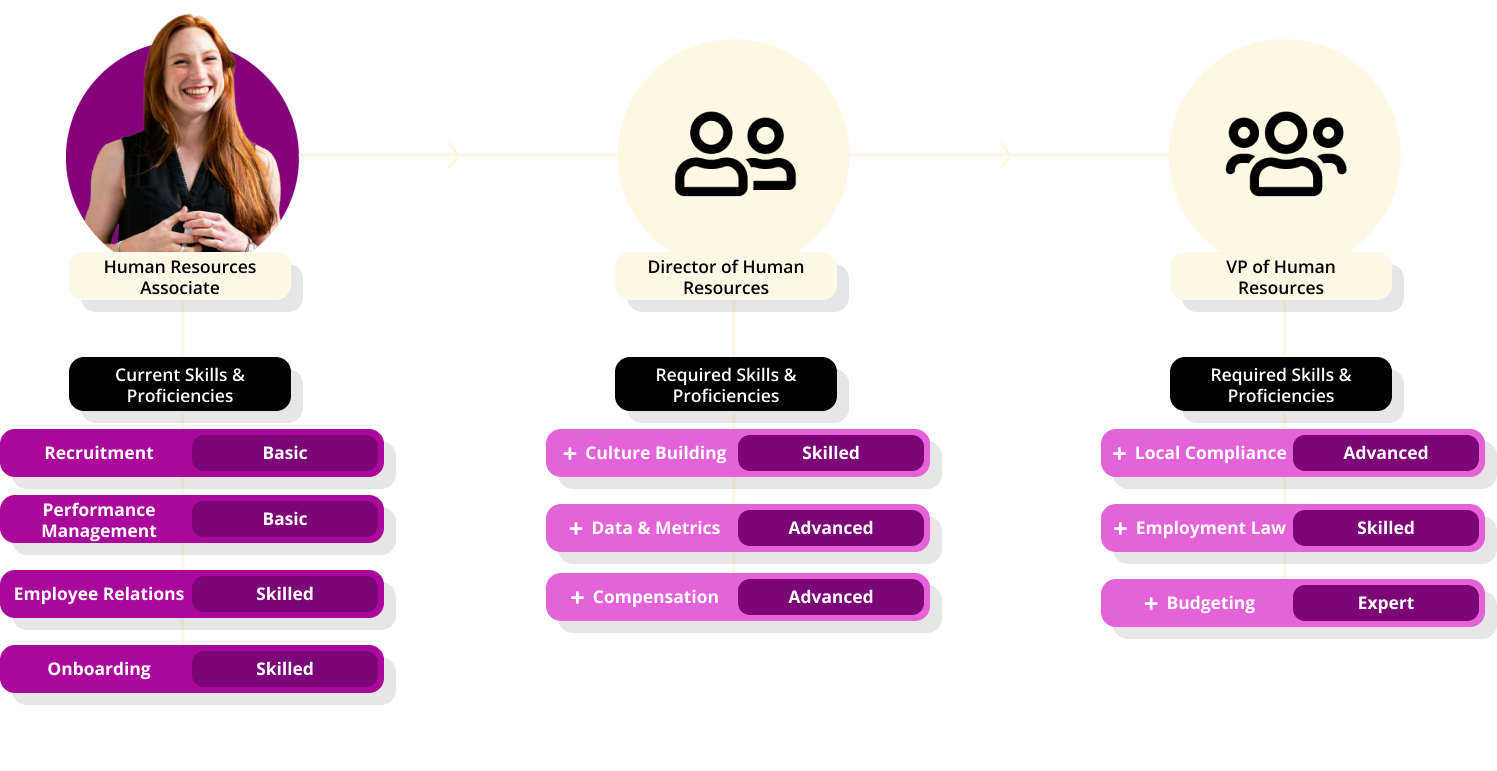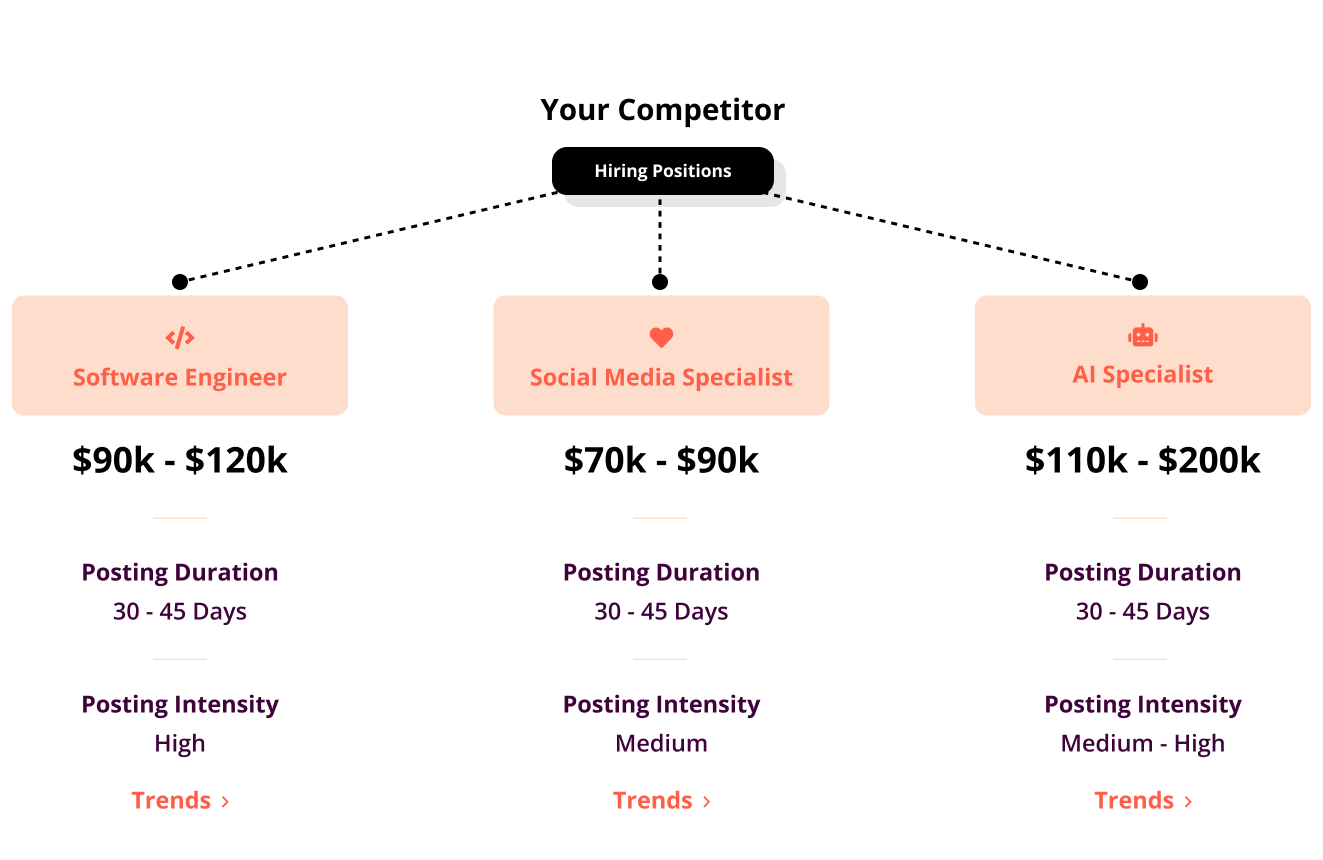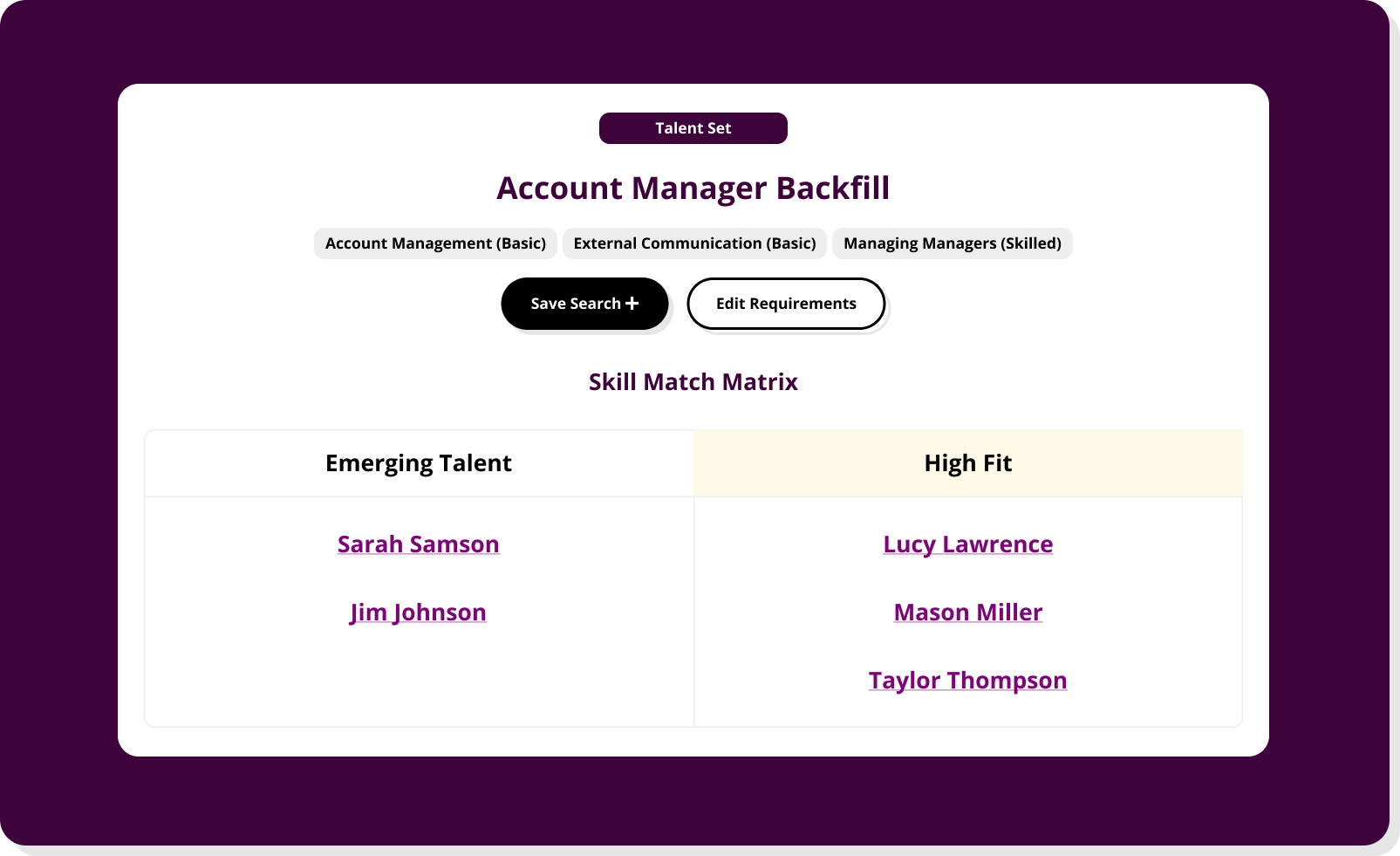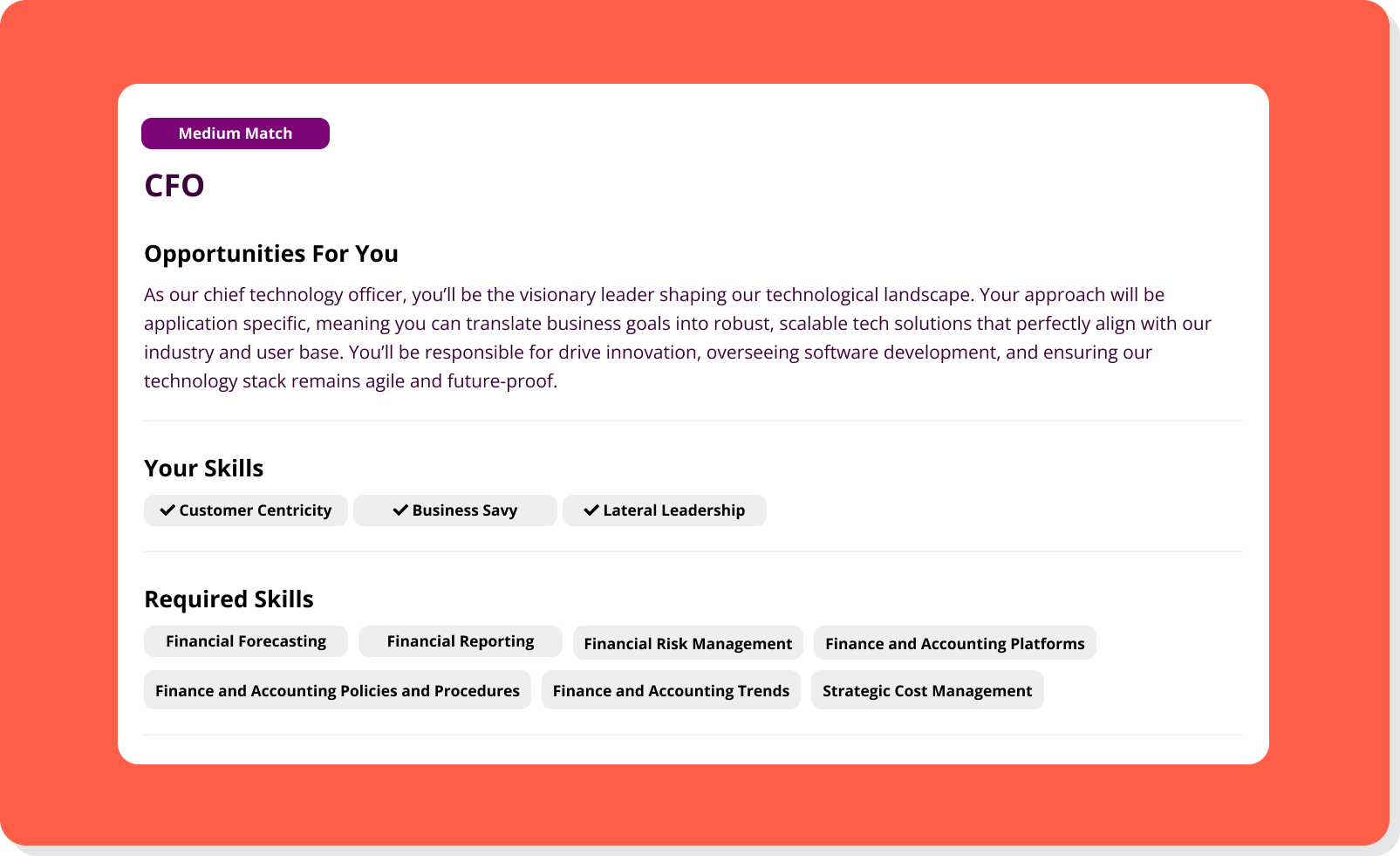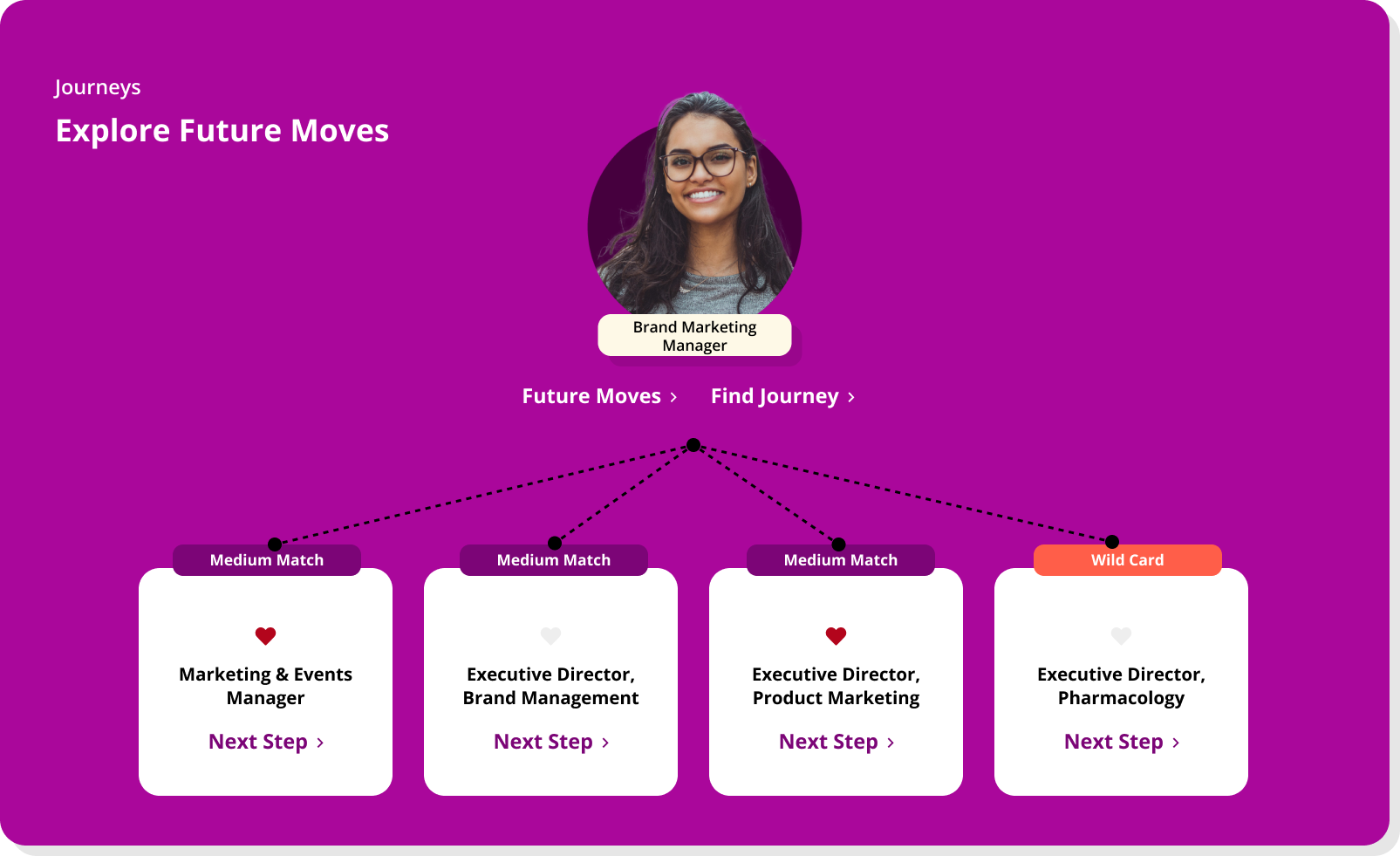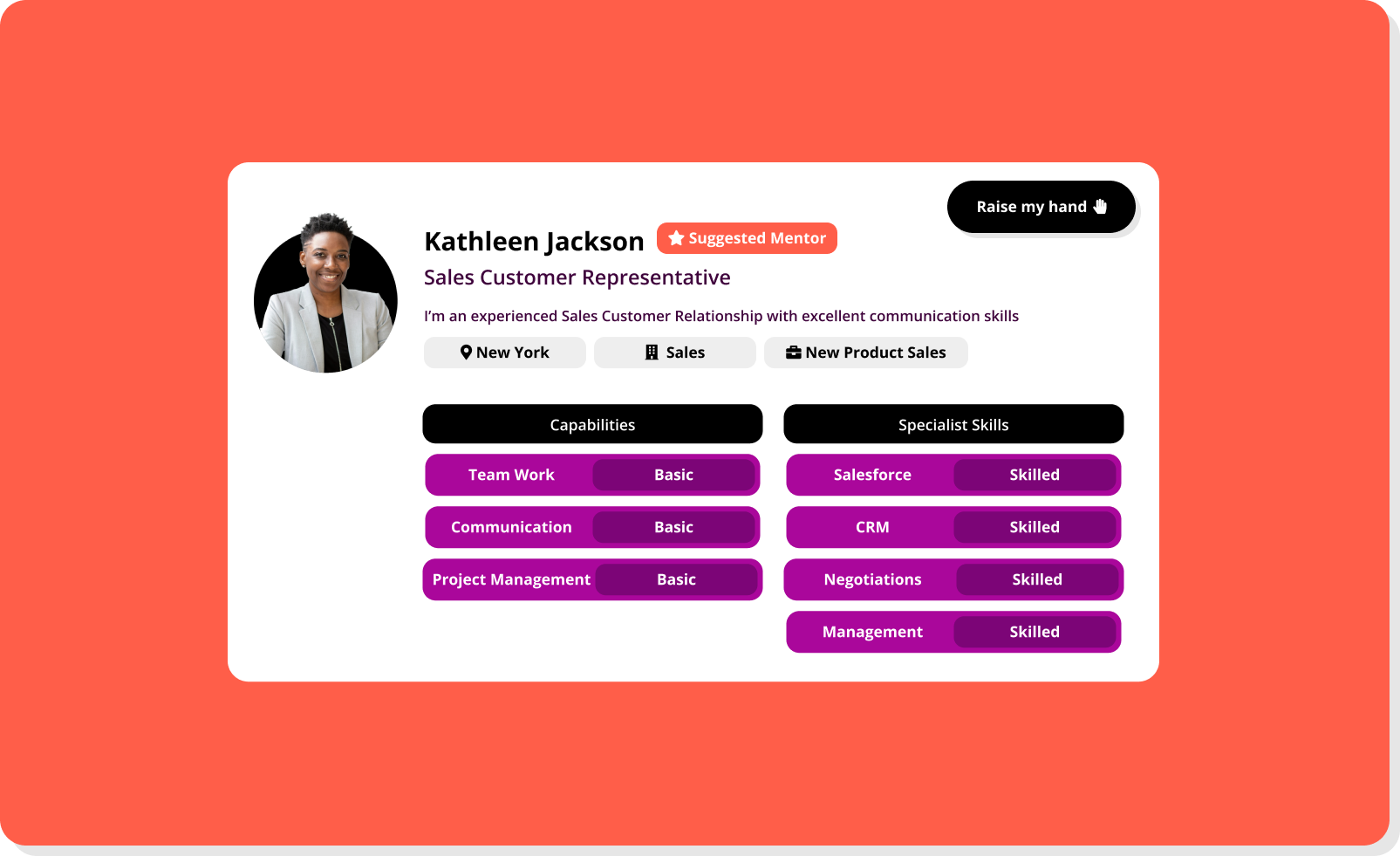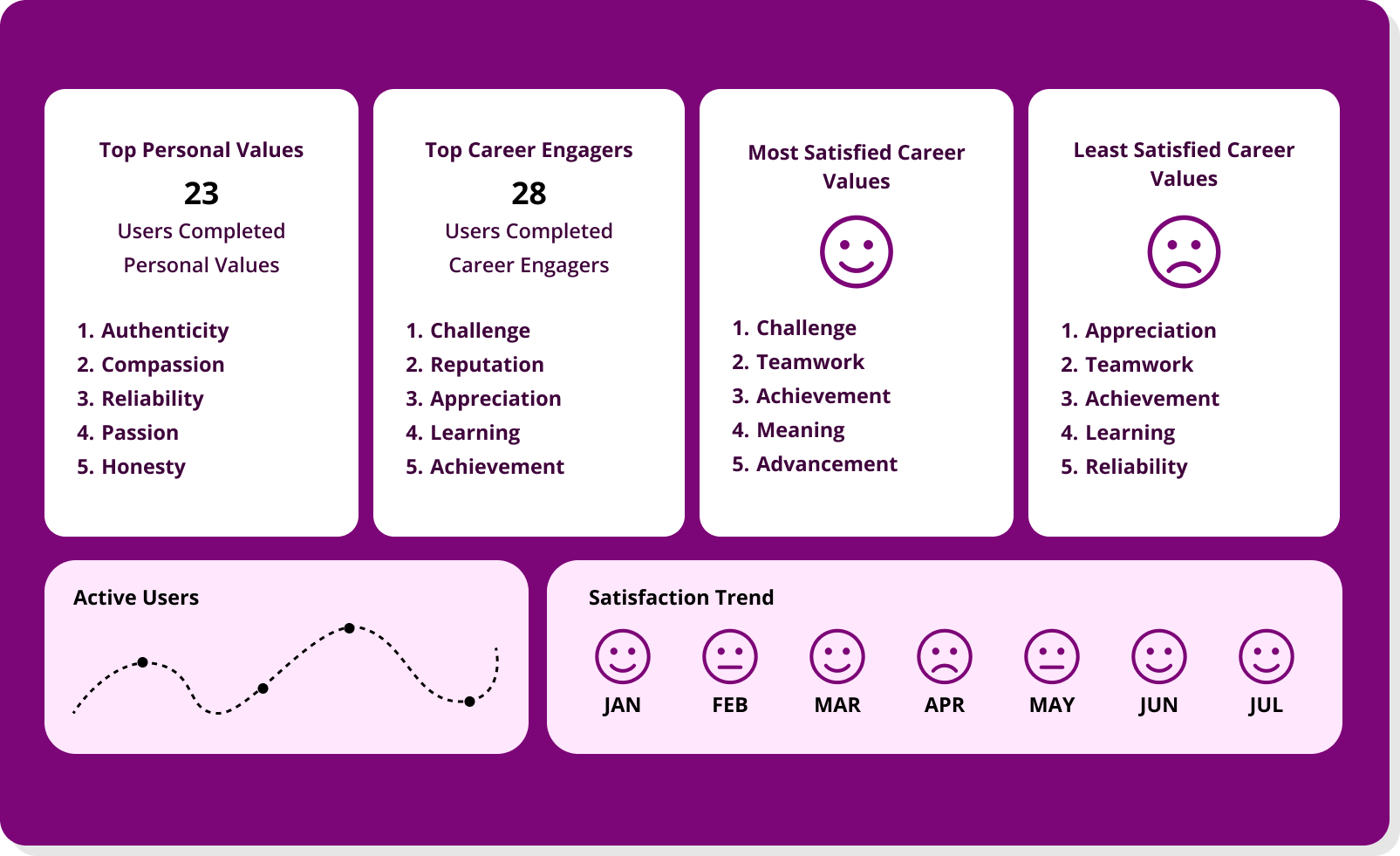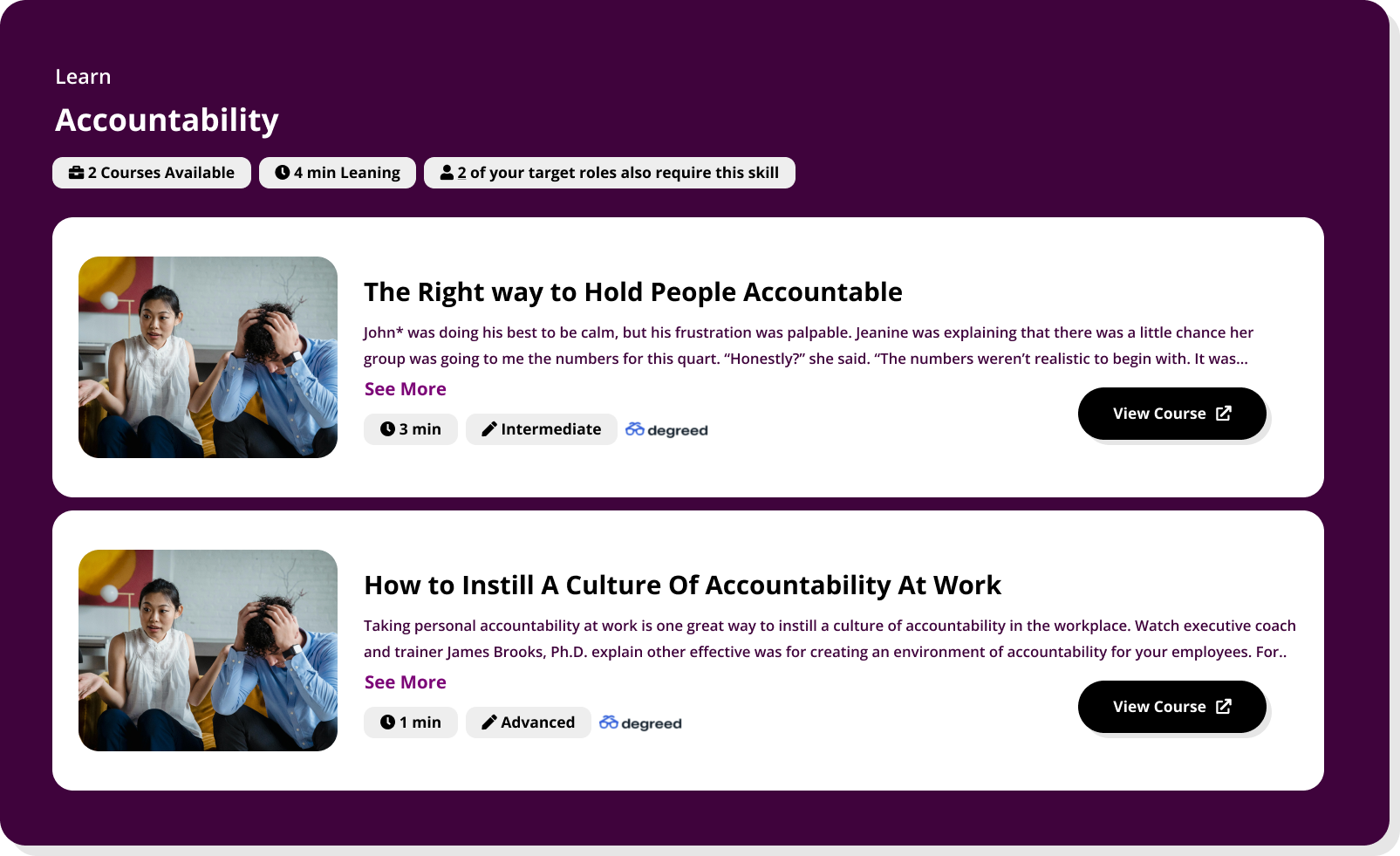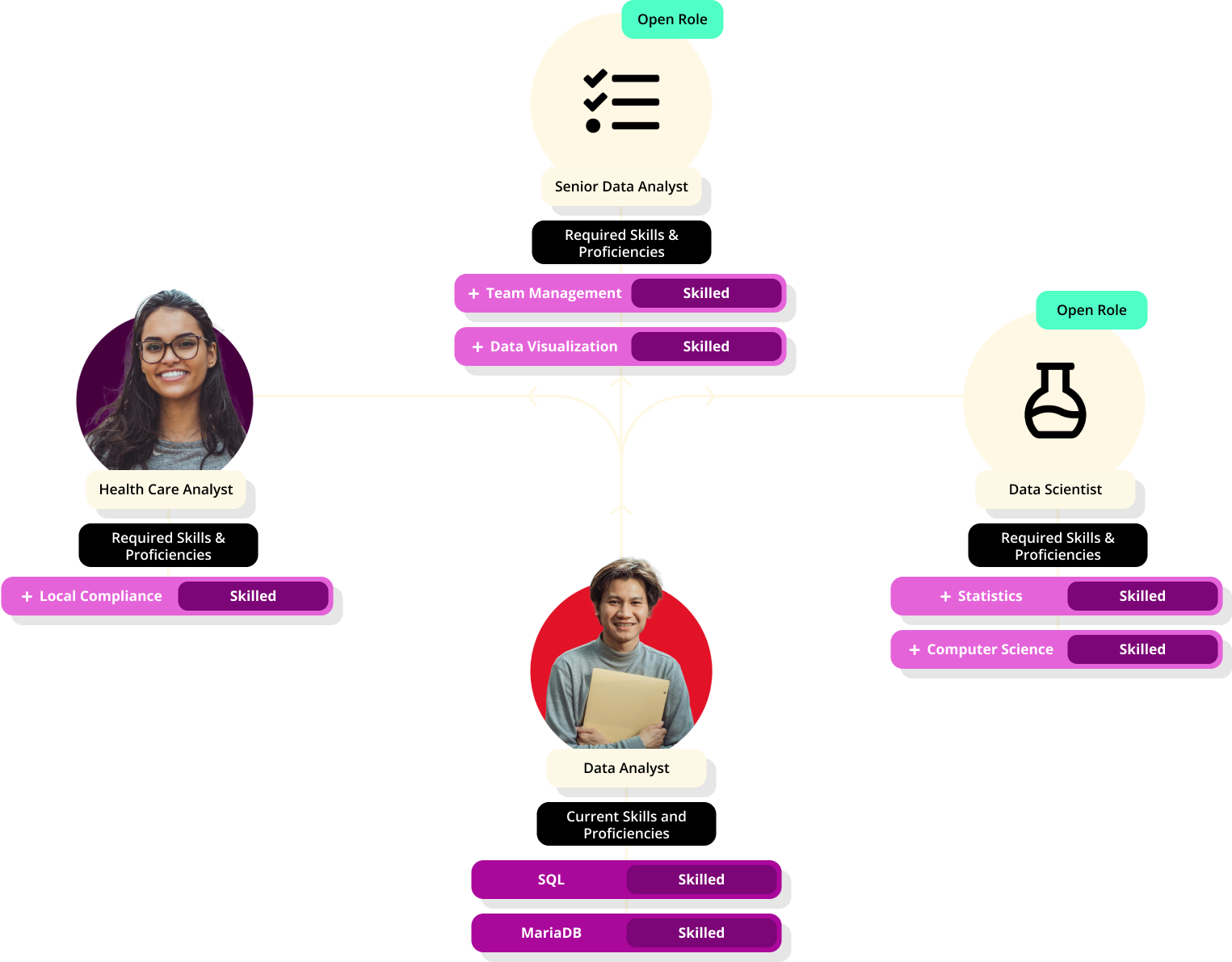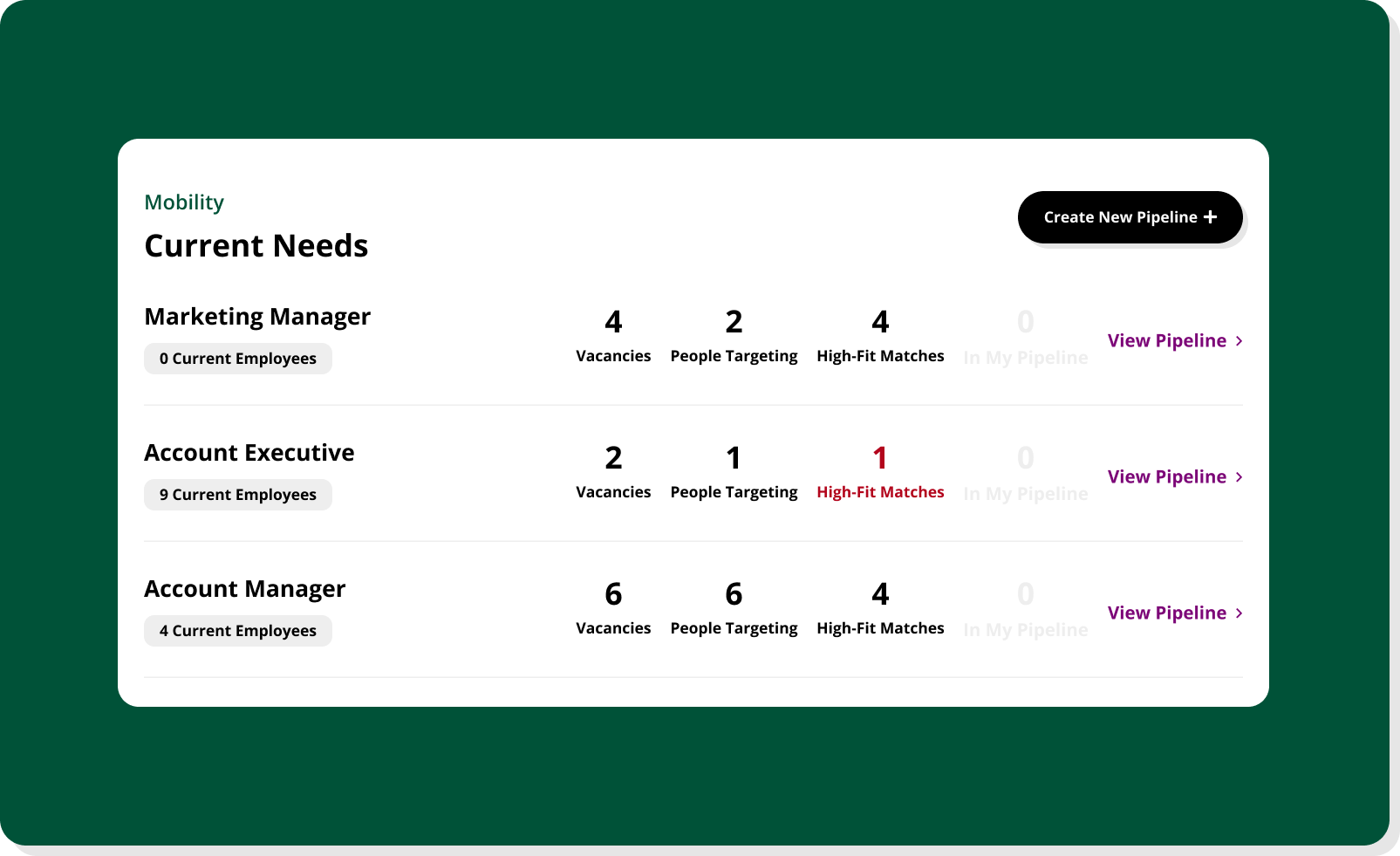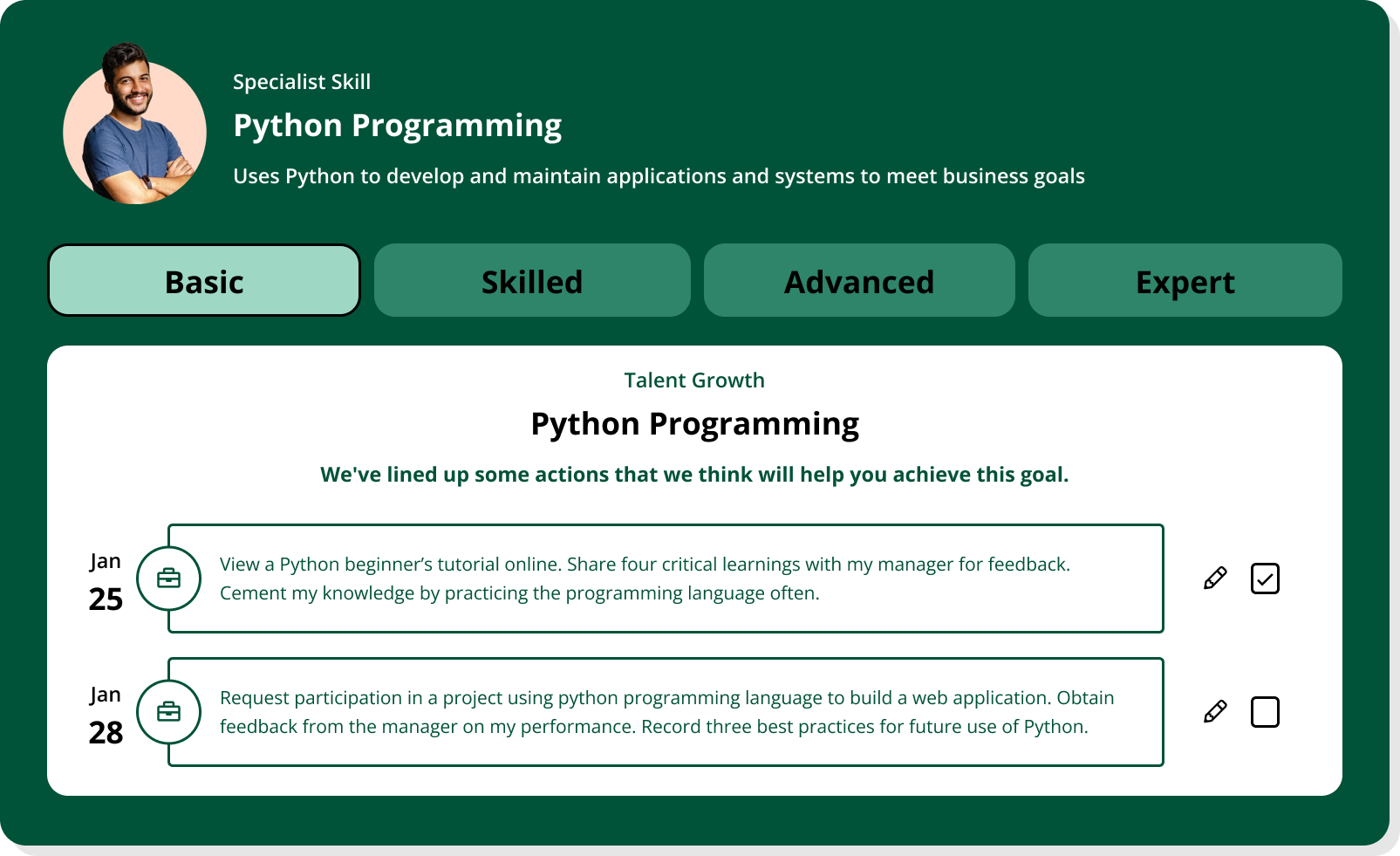Skill development is the process of deliberately building, refining, and applying abilities that enable people to perform their work effectively and grow into new responsibilities. At its most basic, it is the ongoing journey of strengthening both technical expertise and interpersonal capabilities so that individuals can succeed in their current roles while preparing for future opportunities. Yet defining it simply as “training” or “learning new things” overlooks the full scope of what skill development really represents.
From an individual perspective, skill development is a form of career security. It ensures that professionals can navigate transitions, pursue growth opportunities, and remain marketable in industries where roles and required competencies are continually evolving. From an organizational perspective, it is a direct investment in capacity, performance, and retention. When companies commit to structured, ongoing skill development, they build a workforce that is prepared for tomorrow’s challenges rather than trapped by yesterday’s assumptions.
In this article, we’ll explore how to create a successful skill development program within your organization.
Why is continuous upskilling and reskilling so valuable for your organization?
If skill development provides individuals with career security and organizations with a stronger foundation of performance and retention, then continuous upskilling and reskilling are the practices that transform those benefits into long-term business value. Development that happens in one-off bursts may address immediate gaps, but it rarely equips a workforce to meet the demands that will emerge six months or two years later. Organizations that commit to ongoing cycles of upskilling and reskilling create a system of adaptation that allows them to stay aligned with change rather than lagging behind it.
This ongoing cycle matters because the demand for new skills is rising faster than traditional training models can support. The World Economic Forum projects that nearly half of all workers’ core skills will shift within just a few years, while a majority of employees will require substantial retraining before the end of the decade. That scale of disruption cannot be solved by hiring alone, nor can it be addressed by sporadic investments in professional development. A workforce that is continually advancing its skills becomes a workforce that is capable of meeting evolving strategic priorities without disruption.
The value of this approach becomes most evident in organizational readiness. When employees expand their skills in an ongoing way, leaders gain the ability to redeploy talent quickly into critical roles or emerging projects without waiting for lengthy hiring cycles to run their course. Internal mobility becomes faster, succession planning becomes more reliable, and strategic initiatives are executed without the delays that come from skill shortages. This readiness is especially important in industries where technology or market dynamics can change overnight and where speed determines competitiveness.
Retention is another outcome that flows directly from continuous development. Employees who see their organization investing in their growth are more likely to envision a future inside the company rather than outside of it. LinkedIn’s data shows that internal mobility nearly doubles average tenure, which translates into years of preserved knowledge, fewer recruitment cycles, and lower onboarding costs. Instead of losing high-potential employees to competitors who offer growth, organizations can create compelling reasons for those employees to remain and advance internally.
The financial implications are equally significant. External hiring is costly and slow, with average recruitment expenses exceeding several thousand dollars per hire and time-to-fill stretching beyond a month. Even after those investments, external hires typically face longer ramp periods and often underperform compared to internal candidates during their first two years. By contrast, upskilled or reskilled employees move into new roles with institutional knowledge intact, reducing both the cost of transition and the risk of underperformance.
Beyond readiness, retention, and cost, continuous skill building also improves strategic alignment. When organizations track skills in real time and maintain visibility into growth trajectories, they are able to forecast capacity with far greater accuracy. Leaders can identify which areas of the workforce are prepared to scale, which capabilities are at risk of becoming obsolete, and where targeted investment will produce the greatest return. This clarity prevents the misalignment between ambitious strategies and underprepared teams that so often undermines execution.
10 core components of a skill development plan
A plan that sustains continuous upskilling and reskilling must translate strategy into repeatable practices, turning good intent into predictable capability growth across teams. The components below build directly on the previous section by converting the value case into an operating system that leaders can run, measure, and improve over time.
1. Business-aligned skills thesis
Every effective plan begins with a clear skills thesis that anchors development to business outcomes rather than generic learning goals. Define the capabilities that differentiate your strategy over the next six to eighteen months, and express them in the language of products shipped, markets entered, risks managed, and experiences delivered. Identify the few critical outcomes that matter most, then state the skills, roles, and team types required to achieve those outcomes with reliable quality and speed. This thesis becomes the north star for every subsequent decision, including which roles move first, which cohorts receive priority, and which skills will drive measurable impact on revenue, cost, risk, or customer value.
2. Skills taxonomy and proficiency model
Clarity on “what good looks like” enables consistent decisions and credible measurement across the organization. Establish a practical skills taxonomy that distinguishes broad capability areas, specific skills, and sub-skills that actually show up in day-to-day work. Pair that taxonomy with behaviorally anchored proficiency levels that describe observable performance at each stage, so managers and employees share the same definition of beginner, proficient, and expert. Link skills to roles and work outcomes rather than abstract ideals, because relevance drives adoption and reduces disagreement during assessments and promotions. The combination of taxonomy and proficiency levels prevents ambiguity, streamlines calibration, and supports targeted investments instead of scattered content consumption.
3. Baseline skills inventory and signal collection
Credible planning requires a defensible starting point that blends human judgment with objective signals from real work. Use multiple inputs to establish a baseline, including calibrated self-assessments against behavioral rubrics, manager assessments anchored in recent artifacts, verified certifications, performance data tied to role expectations, and signals from projects, code repositories, design systems, or customer outcomes. Time-box this inventory to a reasonable cadence such as quarterly light-touch check-ins, so the data remains current without becoming administratively heavy. Treat the baseline as a living map of present capability rather than a static report, because subsequent gap analysis depends on accurate and recent information.
4. Gap-to-initiative mapping and prioritization
A useful plan translates strategic goals into a precise capability backlog that leaders can sequence and fund. Map upcoming initiatives to the specific skills and proficiency levels they require, quantify present gaps from the baseline, and convert those gaps into prioritized work packages for development. Build heatmaps by function, location, or product line to highlight where shortages will block execution, and define threshold levels that indicate when a team is genuinely ready to start. This approach lets leaders fund the few development moves that unlock the most value, and it prevents the common pattern of training broadly without closing the gaps that actually stall delivery.
5. Development pathways and applied practice
People change fastest when learning is structured, contextual, and applied to real work under expert guidance. Create pathways that combine concise learning resources, coached practice on relevant tasks, mentoring or peer feedback, and repeated cycles of application that escalate in complexity. Sequence each pathway as a series of visible milestones with artifacts that prove skill growth, such as working prototypes, customer presentations, process redesigns, or documented decisions. Reserve calendar time for practice and reflection, because pathways that remain theoretical rarely change performance on the job. The goal is sustained capability that shows up in work quality and speed, not accumulated course completions that sit in a learning record.
6. Internal mobility mechanisms and career architecture
Continuous development delivers value when people can move into opportunities at the moment those opportunities appear. Build explicit mechanisms that convert new capability into new work, such as short-term gigs, rotational programs, stretch assignments, and transparent job postings with skill-based eligibility. Document career paths that describe realistic transitions between roles and the proficiencies required for each step, and ensure employees can see those paths without relying on informal networks. Introduce operating guardrails that reduce talent hoarding, including service-level expectations for releasing talent and capacity planning that protects near-term delivery. Mobility mechanisms transform development from an academic exercise into visible progress for employees and usable capacity for leaders.
7. Manager enablement and accountability
Managers translate plans into weekly reality through coaching, feedback, and assignment choices that either create growth or stall it. Equip managers with practical tools that make development easier than inertia, including skill-based 1:1 templates, feedback rubrics aligned to the proficiency model, project scoping guides that embed stretch opportunities, and dashboards that surface team readiness against upcoming initiatives. Tie expectations to the performance system by recognizing managers who produce measurable skill growth, higher internal mobility, and stronger succession coverage, since incentives shape behavior more reliably than slogans. When managers possess the tools and motivation to coach effectively, the entire plan gains momentum and credibility.
8. Measurement, decision rules, and ROI model
Leaders fund what they can see and scale what they can prove, which means measurement must go beyond training counts into operational outcomes. Track leading indicators such as skill acquisition velocity, pathway completion with artifact quality, internal move rates, and time to readiness for priority initiatives. Pair those with lagging indicators such as time-to-fill for critical roles, time-to-productivity after moves, retention of targeted cohorts, defect or rework rates, and customer or revenue outcomes where attribution is feasible. Publish decision rules that state what happens when thresholds are met, such as unlocking rotations or shifting budget to high-yield pathways, so data drives action rather than reports. A lightweight ROI model that ties investment to avoided hiring costs, accelerated delivery, and reduced attrition will sustain executive sponsorship through planning cycles.
9. Technology and data architecture
A coherent technology stack keeps the plan operational by connecting people, skills, work, and outcomes in one flow. Integrate core systems such as HRIS and ATS with learning platforms and talent intelligence, using a consistent skills ontology and stable identifiers so data follows the employee across roles and projects. Automate ingest of work signals where possible, and keep humans in the loop for validation where automated inference may drift from reality. Provide employees and managers with role-aware views that show current skills, recommended pathways, and visible opportunities, because insight without action rarely changes behavior. Strong data plumbing prevents manual reconciliation, reduces noise in measurement, and enables timely decisions when priorities shift.
10. Operating cadence, governance, and change
Plans succeed when they run on a cadence that sustains momentum and adapts to new information without friction. Establish a quarterly capability review that inspects baselines, gap heatmaps, pathway throughput, and mobility outcomes against the business roadmap, followed by clear decisions on priorities and funding. Define ownership across People, Business, and Finance leaders, and document how conflicts are resolved when delivery pressure collides with movement opportunities. Communicate progress with concrete stories, visible artifacts, and simple dashboards that line leaders can read in minutes, because trust grows when people see evidence of movement in their context. A deliberate change plan that combines executive narratives with local manager enablement ensures the plan becomes a way of working rather than a program that fades after launch.
How to create a skill development plan that works?
Many organizations already have training programs, yet too often those programs operate in isolation from strategy and fail to produce measurable changes in capability. A skill development plan that works must avoid that trap by tying every step to business priorities, embedding growth into daily work, and ensuring accountability for outcomes. Building such a plan requires discipline, but the sequence is straightforward when guided by the right principles.
The first step is to anchor the plan in business goals. Begin by asking which strategic initiatives are most critical in the next twelve to twenty-four months, and then identify the skills without which those initiatives will fail. This prevents the plan from becoming a catalogue of generic learning and ensures that investment in skills has a direct line to execution.
The second step is to establish a clear baseline of current capability. Organizations cannot close gaps they cannot see. Using structured assessments, manager calibration, and signals from real work, leaders can map the skills their workforce already possesses and the proficiency levels within each. This baseline is not a one-time report but a living dataset that should be refreshed regularly to reflect ongoing progress.
The third step is to design targeted development pathways. Employees need more than access to content; they need guided journeys that combine learning with applied practice, mentoring, and visible milestones. These pathways should be practical and outcome-oriented, producing artifacts of real work that demonstrate growth in skill, not just completion of a course.
The fourth step is to create mobility mechanisms that put new skills into action. Stretch assignments, rotational programs, and transparent internal job postings allow employees to apply what they have learned in meaningful contexts. Without these mechanisms, skill building remains theoretical and disengagement rises as employees fail to see the payoff from their effort.
The fifth step is to enable and hold managers accountable. Managers sit at the intersection of business priorities and employee growth, and their choices determine whether a plan thrives or stalls. Equipping them with coaching tools, feedback frameworks, and dashboards makes it easier to embed development into regular workflows. Recognizing and rewarding managers who develop talent reinforces that growth is a core responsibility, not an optional extra.
The sixth step is to measure outcomes and adjust the plan accordingly. Reporting must move beyond training completions into operational metrics such as internal mobility rates, time-to-readiness for new roles, retention of critical cohorts, and delivery speed for strategic initiatives. These indicators show whether the plan is producing tangible value and where refinements are needed.
The final step is to run the plan on a visible cadence. Quarterly capability reviews that link directly to business planning keep development efforts aligned, funded, and accountable. This cadence also ensures that the plan adapts as priorities evolve, maintaining its relevance and credibility over time.
A skill development plan that works is therefore not defined by the volume of training delivered but by the degree to which it strengthens execution, retention, and adaptability. By anchoring in strategy, baselining capability, creating targeted pathways, enabling mobility, equipping managers, measuring outcomes, and maintaining cadence, organizations can build a system of continuous development that actually delivers on its promise.
How Fuel50’s Talent Intelligence helps you upskill and reskill your workforce
Fuel50 transforms your skill development program into a living, strategic system that guides people to grow, move, and perform. The platform closes the gap between knowing where your workforce stands and taking the right actions to prepare it for what comes next.
Here’s how Talent Intelligence turns continuous upskilling and reskilling into a driver of measurable business results:
Build a business-contextualized skills architecture
Fuel50 begins by creating a skills architecture that reflects the unique DNA of your organization rather than relying on a generic framework. Each role is mapped to a tailored profile that defines its core skills, observable behaviors, and strategic relevance to business outcomes.
This design process blends internal knowledge—what your employees actually do every day—with external insights from the market, ensuring your skill models are both accurate and future-oriented. With this architecture in place, leaders can move beyond abstract lists of competencies and instead anchor development to the skills that directly power growth, innovation, and customer impact. A strong skills architecture ensures that every upskilling or reskilling initiative is not only relevant but tied to the priorities that matter most for competitive advantage.
Deliver actionable skills intelligence that drives decisions
Too often, skills platforms provide static dashboards that show you gaps without showing you what to do next. Fuel50 moves beyond visibility to action. Its Talent Intelligence layer continuously surfaces prioritized capability gaps and recommends concrete steps for closing them.
Leaders see not just where the organization is exposed but which interventions—whether targeted training, reskilling pathways, or redeployment strategies—will deliver the greatest return. This shifts skills data from being a descriptive tool into a prescriptive system for decision-making. Instead of debating whether development budgets are well spent, executives can see the business cases embedded in the platform and act with confidence.
Activate development through a live Talent Marketplace
Insight alone does not change capability; people need opportunities to apply and stretch their skills in real contexts. Fuel50’s Talent Marketplace transforms skills intelligence into lived experience by matching employees with projects, gigs, mentoring, and internal roles that align with their profiles and aspirations.
This marketplace closes the loop between learning and doing, ensuring that development efforts translate into visible growth, new contributions, and measurable mobility. For employees, it means career progress without leaving the organization; for leaders, it means redeploying talent quickly and flexibly to where it is needed most. Internal mobilitybecomes a systemic practice, reducing reliance on external hiring and keeping valuable institutional knowledge in circulation.
Embed personalized pathways that blend learning with action
Fuel50 recognizes that development is not one-size-fits-all. The platform builds personalized pathways that integrate curated learning resources, coaching, and mentoring alongside career navigation tools that help employees see what skills they need for the roles they want.
These pathways are dynamic—adapting to progress, feedback, and changes in business demand—and they keep individuals moving forward with clarity and purpose. By combining structured learning with opportunities for application, the pathways ensure that employees don’t just accumulate knowledge but build competence that shows up in performance. The result is a workforce that is not only continuously learning but continuously applying new skills in meaningful ways.
Provide continuous visibility and real-time workforce analytics
Traditional workforce planning often relies on outdated snapshots of skills that lose relevance before decisions are even made. Fuel50 avoids this by maintaining dynamic skill profiles that are updated through self-assessments, manager validation, learning completions, and signals from actual project work.
Leaders gain a real-time view of workforce capability and can model readiness for strategic initiatives with accuracy. This continuous visibility allows executives to forecast capacity, allocate resources more effectively, and identify where interventions are most urgent. Instead of reacting to shortages once they stall progress, organizations can proactively prepare teams for the opportunities and risks ahead.
Drive retention, mobility, and career clarity at scale
One of the strongest predictors of employee turnover is a lack of visible opportunity. Fuel50 research shows that nearly three-quarters of organizations fail to achieve objectives because they lack clarity about their workforce’s capabilities and pathways. Talent Intelligence directly addresses this by making roles, career moves, and skill requirements transparent. Employees can see what is possible for them, understand what is required to progress, and access support to get there.
This clarity builds engagement and commitment, reducing attrition and giving people reasons to grow with the company rather than seek advancement elsewhere. For leaders, it creates a pipeline of internal talent that can be mobilized quickly into critical roles, strengthening succession and reducing the cost of turnover.
Scale with continually validated and evolving skills data
Skills are not static, and neither is Fuel50’s data model. The platform continuously refreshes its skills ontology with insights from labor markets, employee feedback, and business evolution, ensuring that what you track remains aligned with the real world.
This validation process keeps skill frameworks relevant as new technologies, roles, and practices emerge. Organizations avoid the common pitfall of investing in outdated skill sets that no longer deliver competitive advantage. Instead, they operate from a living system of skills data that adapts alongside strategy and positions the workforce for the future.



